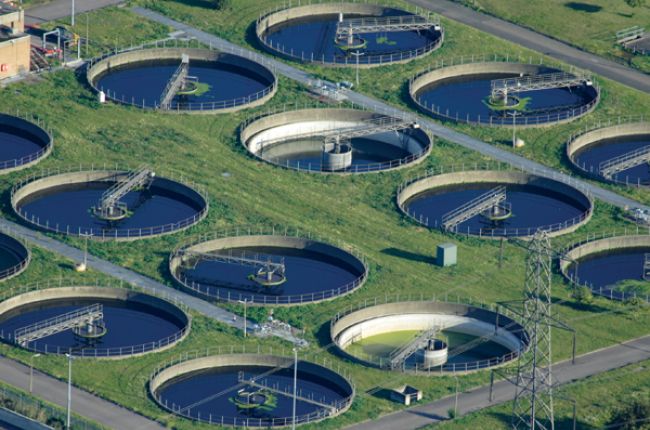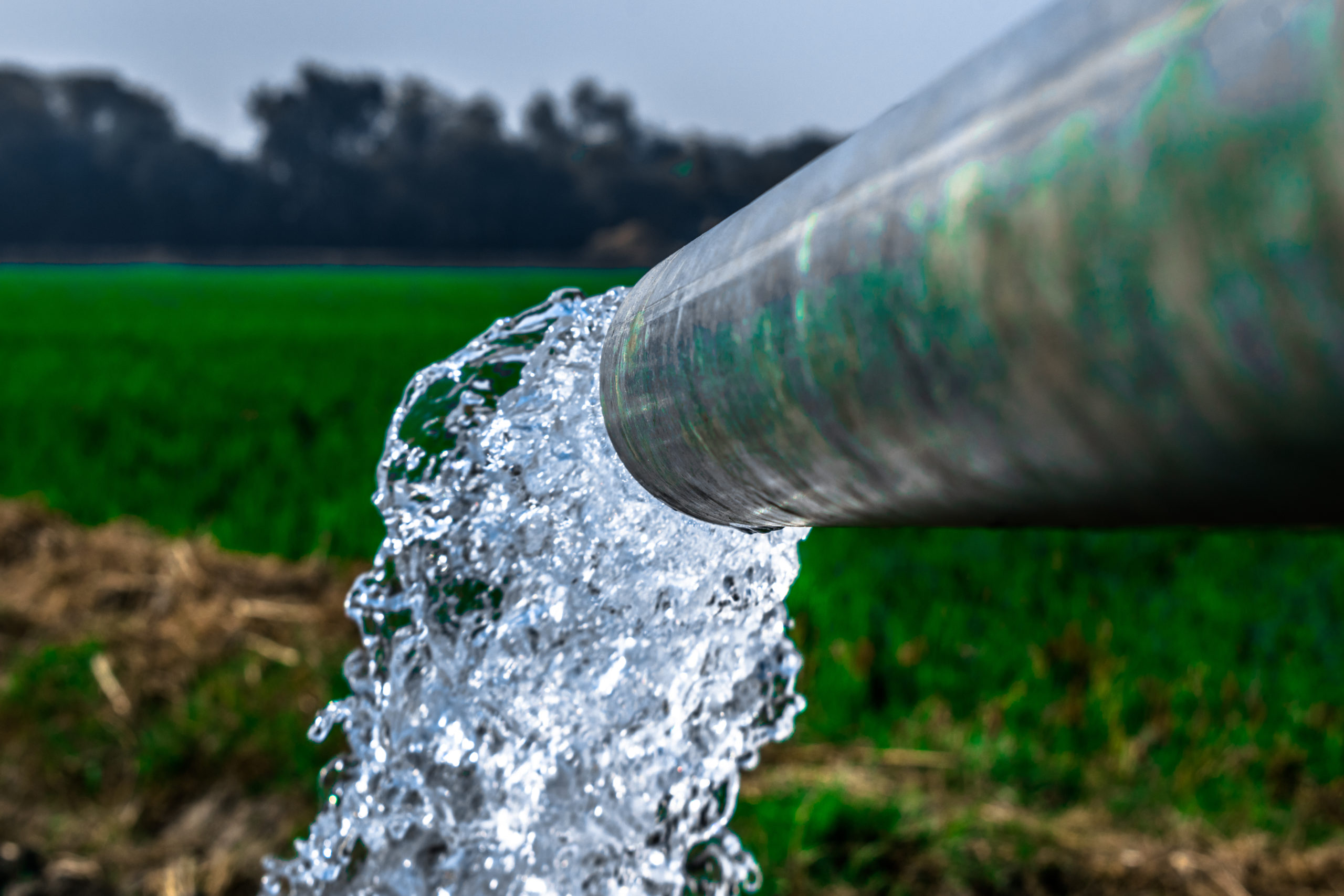Environmental Impact of Waste Water Treatment: What You Need to Know
Wiki Article
Optimizing Waste Water Therapy Processes: Methods for Improved Water Quality and Resource Recuperation
In the world of wastewater therapy, the pursuit for improving effectiveness and sustainability with process optimization is a recurring search that holds enormous importance. From advanced technologies to ingenious source recuperation methods, the landscape of wastewater treatment is evolving quickly.Relevance of Process Optimization
Optimizing drainage therapy procedures with meticulous procedure optimization is crucial for optimizing performance and ensuring environmental sustainability. By fine-tuning each step of the therapy procedure, from initial intake to last discharge, water treatment facilities can attain greater degrees of contaminant removal, reduce energy consumption, and decrease the generation of waste byproducts. Refine optimization involves analyzing key efficiency signs, such as hydraulic retention times, sludge retention times, and nutrient degrees, to determine locations for renovation and execute targeted services.Effective procedure optimization not just improves the total performance of waste water therapy plants however additionally adds to set you back financial savings and regulatory compliance. By maximizing procedures, drivers can achieve higher therapy capabilities without the demand for significant framework financial investments. Furthermore, improved treatment effectiveness results in cleaner effluent discharge, reducing the environmental influence on receiving water bodies and ecosystems.

Advanced Treatment Technologies
In the world of drainage treatment, the application of innovative treatment modern technologies plays a crucial duty in boosting the general effectiveness and effectiveness of the therapy processes. These cutting-edge modern technologies use ingenious services to deal with complicated impurities present in wastewater streams, making certain the removal of contaminants to meet rigorous water quality requirements. Advanced therapy procedures such as membrane bioreactors, ozonation, progressed oxidation procedures, and turn around osmosis make it possible for the extensive elimination of impurities, consisting of arising toxins like pharmaceuticals and individual treatment items.Moreover, these modern technologies promote source recuperation by drawing out useful products such as phosphorus, nitrogen, and energy from the wastewater. Progressed nutrient removal modern technologies can recover phosphorus and nitrogen for reuse in agricultural plant foods, while energy recovery systems like anaerobic food digestion can harness biogas for electrical power generation. By integrating innovative therapy technologies right into wastewater treatment plants, drivers can enhance water high quality, reduce ecological impact, and relocate in the direction of a much more resource-efficient and lasting approach to wastewater monitoring.
Resource Healing Techniques
Source recuperation methods in wastewater treatment procedures play a critical duty in making the most of the use of valuable resources had within wastewater streams. These techniques aim to essence and reuse products such as nutrients, power, and water from the wastewater, turning what was as soon as taken into consideration waste right into beneficial sources. One typical source healing technique is the extraction of nutrients like phosphorus and nitrogen from wastewater for reuse as plant foods or in industrial processes. In addition, energy recovery approaches such as anaerobic food digestion and biogas manufacturing assistance harness the power possibility of natural issue in wastewater to produce power or heat.
Water healing strategies, such as membrane layer technologies and advanced filtration systems, enable the therapy and reuse of water for non-potable applications like watering or industrial procedures. By implementing resource recovery strategies in wastewater therapy plants, not only can valuable resources be saved and recycled, however the overall sustainability and efficiency of the treatment procedure can be considerably enhanced. As the concentrate on resource shortage and ecological sustainability remains to grow, the relevance of incorporating resource healing techniques into wastewater treatment processes becomes increasingly obvious.
Lasting Practices in Wastewater Treatment
Sustainable techniques in wastewater treatment include a variety of approaches aimed at lessening the ecological impact of therapy procedures while making the most of source recuperation. One key element of sustainable wastewater treatment is the implementation of energy-efficient technologies to decrease the carbon impact of therapy plants.In addition, the adoption of innovative therapy innovations that advertise water reuse and recycling plays a vital function in lasting wastewater management. By treating wastewater to a high criterion, it can be repurposed for various non-potable applications, such as watering, industrial procedures, and even safe and clean water production in many cases. This not only saves important freshwater resources yet likewise lowers the quantity of effluent released right into the atmosphere.

Instance Research Studies on Effective Optimization
As wastewater therapy centers increasingly focus on lasting techniques, real-world situation research studies showcasing successful optimization approaches act as vital versions for market advancement. One such instance research focuses on the implementation of sophisticated nutrient elimination innovations in a municipal wastewater therapy plant. By including biological nutrient removal procedures and maximizing functional specifications, the facility accomplished considerable decreases in nitrogen and phosphorus levels discharged into receiving waters, eventually enhancing general water quality.Another significant instance study includes the integration of anaerobic food digestion systems in a commercial wastewater treatment plant to boost energy recovery and resource performance (Waste Water Treatment). Via the food digestion of natural waste products, the center not just produced biogas for power production however likewise minimized the volume of sludge needing disposal. This dual advantage not only improved the plant's sustainability efficiency yet likewise resulted in expense financial savings
These effective optimization strategies show the possibility for wastewater therapy facilities to achieve both ecological and economic benefits through reliable processes and ingenious techniques. By picking up from these case researches, sector professionals can further maximize their own procedures to enhance water high quality and source recuperation.
Verdict
Finally, optimizing waste water treatment procedures via advanced modern technologies, source recuperation strategies, and lasting practices is essential for enhancing water high quality and making best use of source recovery. Waste Water Treatment. Situation studies have shown effective application of optimization strategies in various wastewater therapy facilities. By remaining to focus on process optimization, we can make certain effective and reliable therapy of wastewater, ultimately resulting in a much more environmentally pleasant and sustainable strategy to taking care of water resourcesBy fine-tuning each step of the therapy procedure, from first intake to last discharge, water treatment facilities can attain higher levels of pollutant elimination, minimize power intake, and decrease the generation of waste by-products.In the world of waste water therapy, the execution of sophisticated therapy innovations plays a crucial function in enhancing the general performance and performance of the treatment procedures. By including advanced therapy modern technologies right into wastewater treatment plants, operators can improve water top quality, lower environmental influence, and relocate towards a much more lasting and resource-efficient method to wastewater administration.
By carrying out source recuperation methods in wastewater therapy plants, redirected here not only can valuable resources be preserved and reused, but the general sustainability and performance of the therapy process Look At This can be dramatically boosted. Lasting techniques in wastewater treatment encompass a range of approaches intended at lessening the environmental effect of treatment processes while making best use of source recuperation.
Report this wiki page